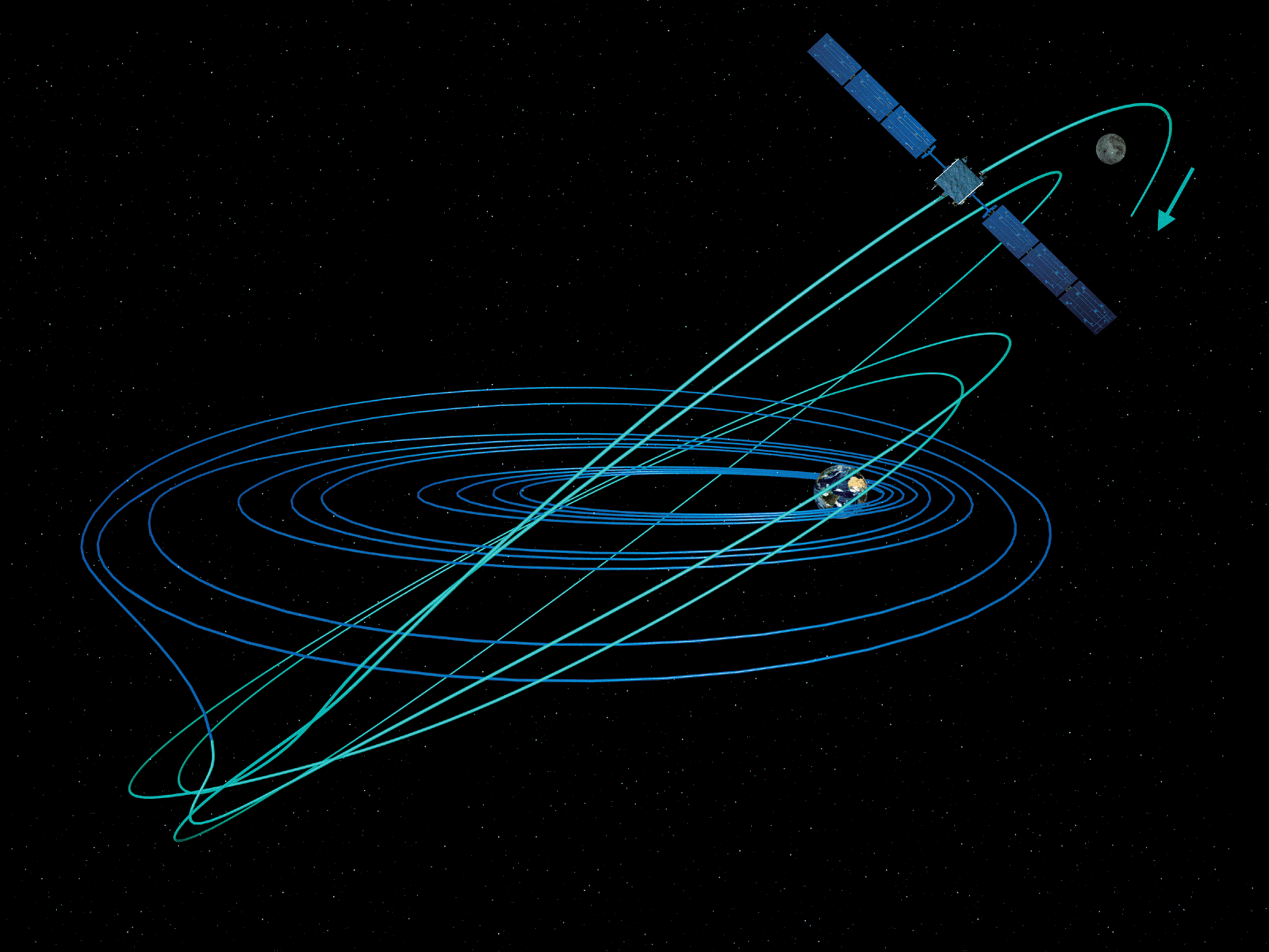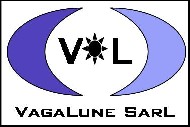| Overview |
| |
| Launch/Orbit |
| |
| Rover/Lander |
| |
| Communications |
| |
| Project Execution |
| |
| Project Management |
| |
| References |
|
| Orbit Specifications |
| |
| The Falcon 1e will aim for the Weak Stability Boundary (WSB) point (similar to a Lagrangian) between the Earth and the Moon. Once at that point, it experiences a Ballistic Weak Stability Capture (BWSC). At this point (several months into the voyage), the Lunar Module (LM) will enter into an EL40 orbit around the moon (with a perigee of 100km). This complete manoeuver (Launch to beginning of EL40), will use much less fuel than an Hohmann Transter and will also make use of a lightweight and efficient Xenon-ion drive. |
| |
From multiple sources. SMART 1 Earth-Moon Trajectory. High-res image from Scientic Frontline.
 |
| |
Detailed Orbit Summary
Due to the payload requirements imposed by the Falcon 1e rocket, the VagaLune Project will use an unconventional orbital maneuver to insert the LM into lunar orbit. Historically, lunar missions performed an Hohmann Transfer Orbit (HTO). A HTO provides quick transport from earth orbit into a lunar orbit, via the use of a large orbital transfer rocket. The craft is launched into a Geostationary Transfer Orbit (GTO), then a large thruster is fired propelling the craft towards the moon. While the HTO has worked well in the past, there are several drawbacks...More Details |
| |
|

